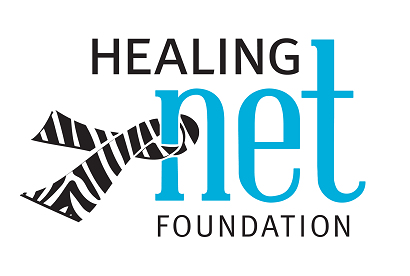2018 Healing NET Summit--Chapter Three
/"When you drop any new idea in the pond of the world, you get a ripple effect. You have to be aware that you will be creating a cascade of change." --Joel A. Barker
The ripples continue to spread out from the Summit in February. Task forces are at work discussing new ideas on how to support better communication between NET patients and their health care providers, processes to evaluate what services and staff an Advanced Neuroendocrine Center provides, and the beginning work of designing a NET Boot Camp for healthcare professionals. The Healing NET Scientific Advisory Committee is also updating Neuroendocrine Tumors: A Primer for Healthcare Professionals, based in part on Summit findings.
In addition to concrete plans being laid, many ideas were exchanged over meals, in passing and late into the evening that will eventually find their way out into the world. This year's Summit experienced that reality when Dr. Andrew Hendifar presented a paper on the accurate sub-typing of a NET tumor that developed from a conversation he had with representatives of Biotheranostics at the 2017 Summit.
That organic process can also help you see more clearly where not to go. The breakout session group that met to discuss Structure of Expanding Research produced several slides to share with the faculty at large, and one included the statement: "Probably not feasible for Healing NET to fund or coordinate, but don't underestimate the value of face-to-face networking facilitated by Healing NET Foundation." The group recognized what did not fit Healing NET's mission but also saw specific areas where collaboration and sharing could speed discovery.
There are also consensus-building opportunities. The same research group asked the faculty at large this question-- "In an orphan disease, can a well-maintained (funded) database (i.e. ENETS) answer the questions that we have traditionally relied on randomized controlled trials to answer for us?" Seventy-one percent of the faculty answered, "Yes, of course, it's time for real-world data to shine." Other areas where collaboration could foster results are matching patients to clinical trials and agreement on the necessary ingredients for patient selection when studying high grade neuroendocrine cancer.
As the task forces do their work, and as the consensus and collaboration ripples continue to move further out into the NET community, and into society, we see HOPE for enhanced care, more education, and a wider net of awareness about neuroendocrine cancer.






